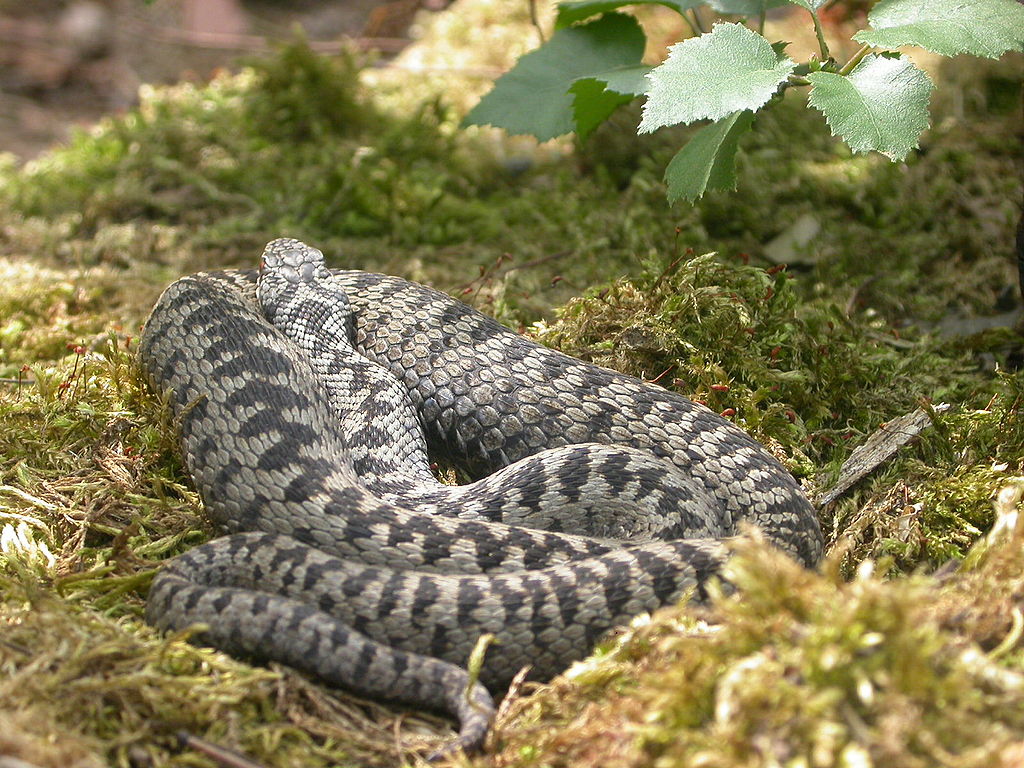Discover and read the best of Twitter Threads about #OldEnglish
Most recents (4)
L’esercizio di #paleografia di oggi è una curiosità che ci arriva dalle nebbie altomedievali dell’Inghilterra anglosassone, prima della conquista normanna. Si tratta di una carta dell’anno 962 mediante la quale il re sant’#EdgardoilPacifico it.wikipedia.org/wiki/Edgardo_d… cede un 

appezzamento di terreno ad una matrona di nome Etelfleda. La scrittura è una elegante e rigorosa #insulare: si notino le forme particolari della “r”, della “s” e della “e”. Dal punto di vista dei caratteri intrinseci, i diplomi dei re anglosassoni si caratterizzano per un’arenga
(il preambolo del diploma) di carattere molto solenne, a volte decisamente pomposo. Inoltre, i diplomi anglosassoni sono come sempre in latino, ma presentano anche una traduzione in antico inglese (#OldEnglish), si vedano le righe 12-15 di questo diploma. Questa bella usanza
#ADDER in #IndoEuropean: #Latin natrix, gen. sg. natrĭcis f. ‘water snake’, #OldIrish nathair, gen. sg. nathrach, #Welsh neidr, pl. nadredd, #OldCornish nader ‘snake’, #OldBreton natrolion pl. ‘basilisks’, #MiddleBreton nazr, azr, #ModernBreton naer ‘snake’, …
1/14
1/14

…#ProtoGermanic *nadraz m. (#Gothic nadrs, #OldNorse naðr, #Icelandic naður), *nēdrōn- f. (#OldEnglish nǣdre, #OldHighGerman nātara, #WestFrisian njirre), *nadrōn- f. (#MiddleEnglish nadder, adder, #OldNorse naðra, #MiddleDutch nadre, adre, #Dutch adder, #German Natter, Otter)
2
2

OX in #IndoEuropean: #Vedic ukṣā́, #Avestan uxšā, #ProtoGermanic *uhsô (#Gothic auhsa, #Old Norse oxi, #OldEnglish oxa, #OldHighGerman ohso, #German Ochse, #Durch os), #Welsh ych, #OldIrish oss, #Tocharian B okso, A pl. opsi.
1/16
1/16

This word, my friends, is so fascinating that one could write a whole PhD thesis about it (trust me, I know). The immediate reconstruction for all items in 1/ is a masculine n-stem with a nom. sg. *hₓuksō(n). For such a stem we would expect a nom. pl. *hₓuksō̆nes.
2/16
2/16
However, just as all languages point to or are consistent with an “amphikinetic” nom. sg. *hₓuksō(n), the evidence of three separate and independent branches unequivocally supports reconstructing a “hysterokinetic” nom. pl. *hₓuksénes.
3/16
3/16
THREAD: It’s true. I’ve been running the @GroupBABEL Twitter account for way too long & no one gives a damn. Not to mention that I no longer want to be associated with this group since they attended @KzooICMS 2019 even though Medievalists of Color were iced out. #MedievalTwitter
To be super-frank, I’ve been (heart)sick because of @GroupBABEL’s inattention to divisive issues in the field ever since 2016 when I urged boycotting the Kalamazoo Congress after Allen Frantzen’s misogynist & racist writings came to light, to no avail. I haven’t been back since.
I spent a lot of time in 2016 ranting about Frantzen’s misogyny & racism (& theft of junior colleagues’ work) & also wrote letters to every learned society begging them to censure him, to no avail. But thank you @JonathanHsy, Suzanne Akbari & @muellerale for helping me with that.
